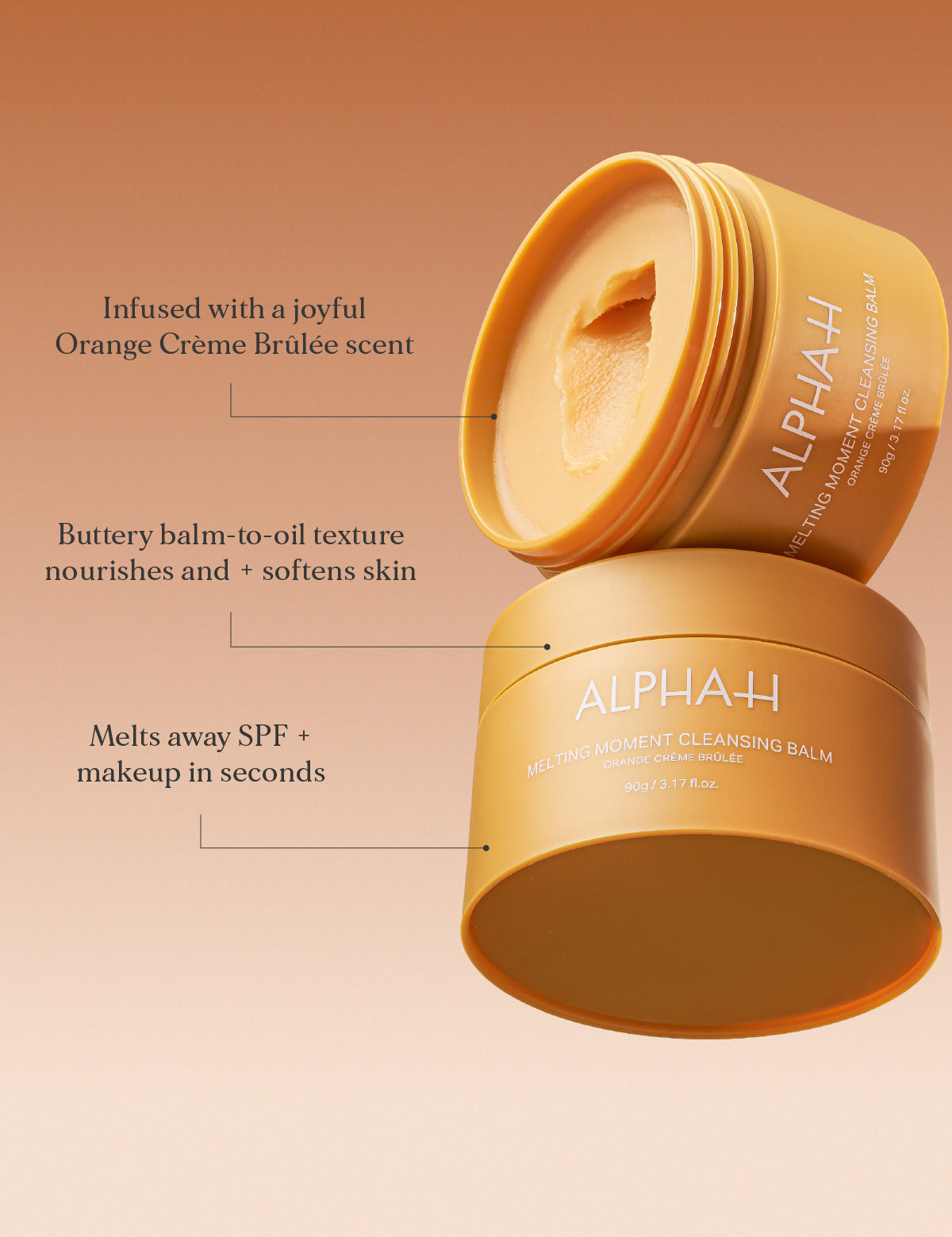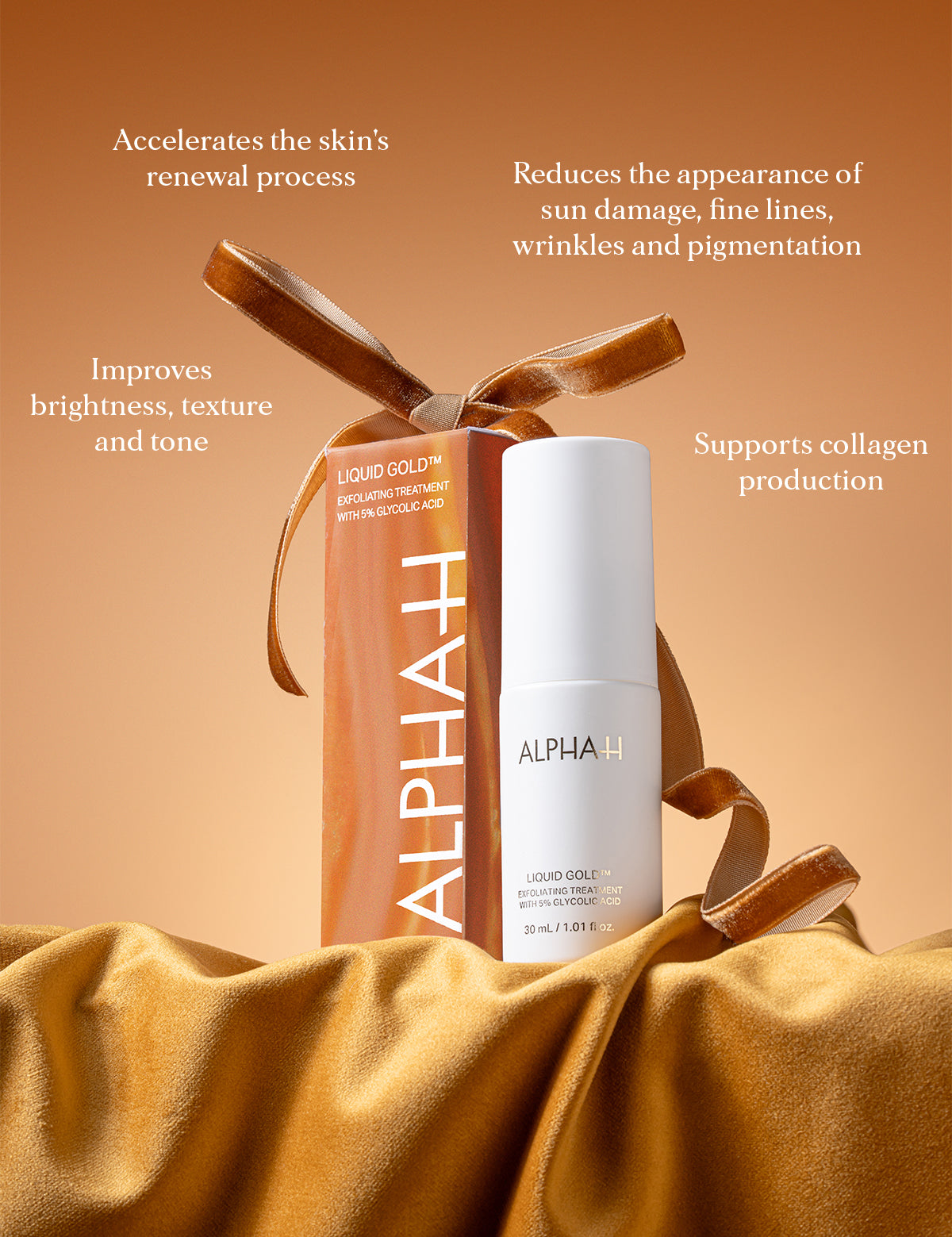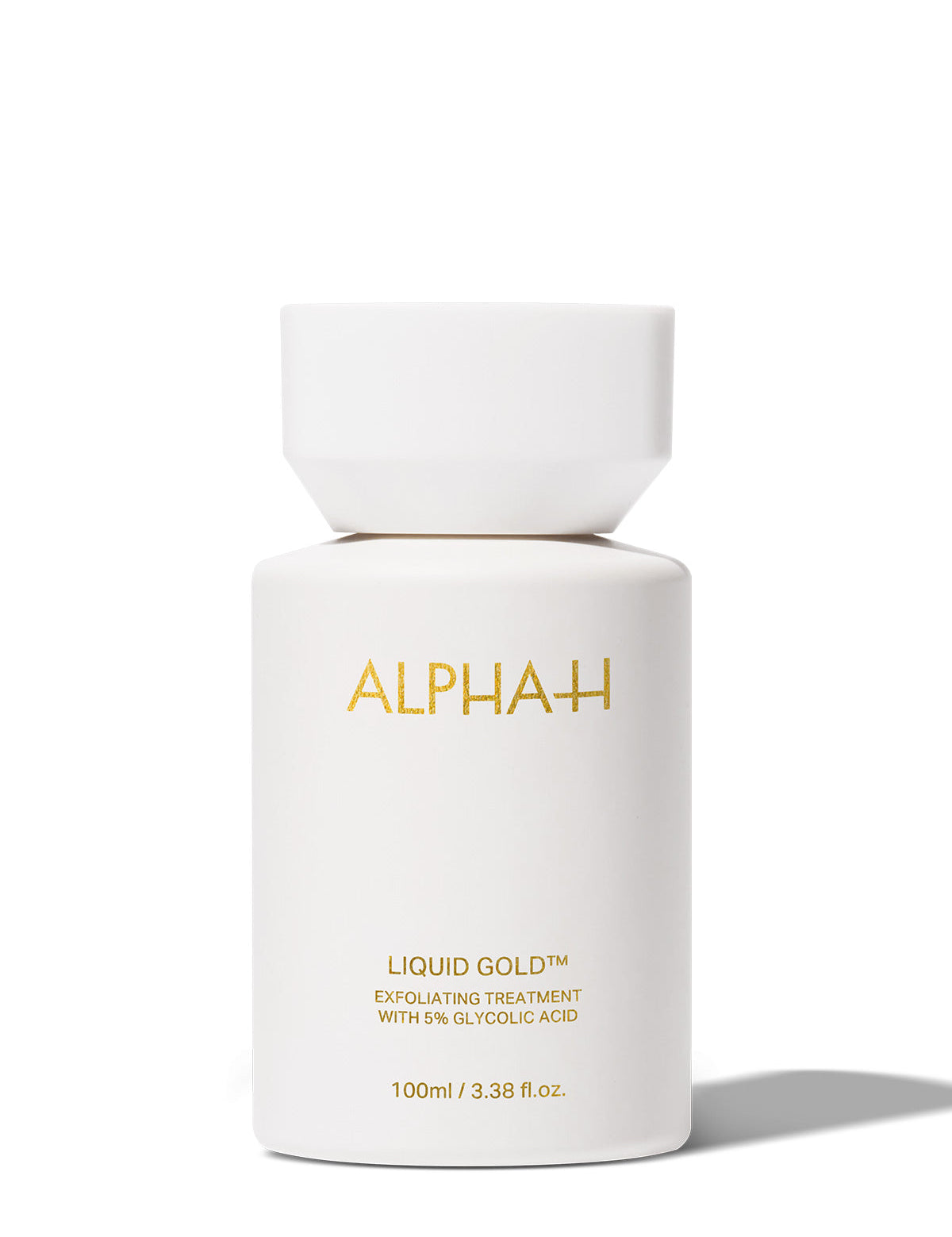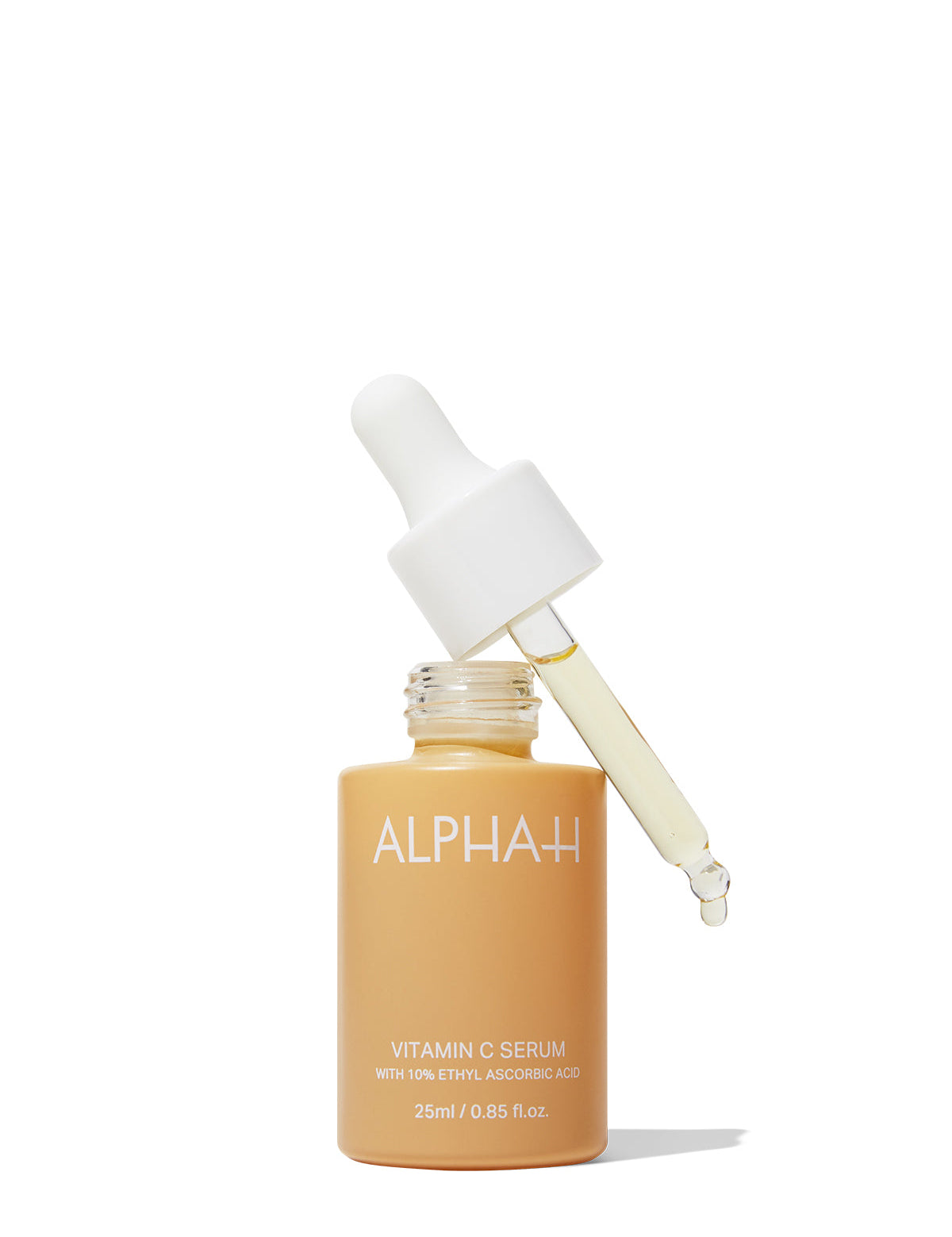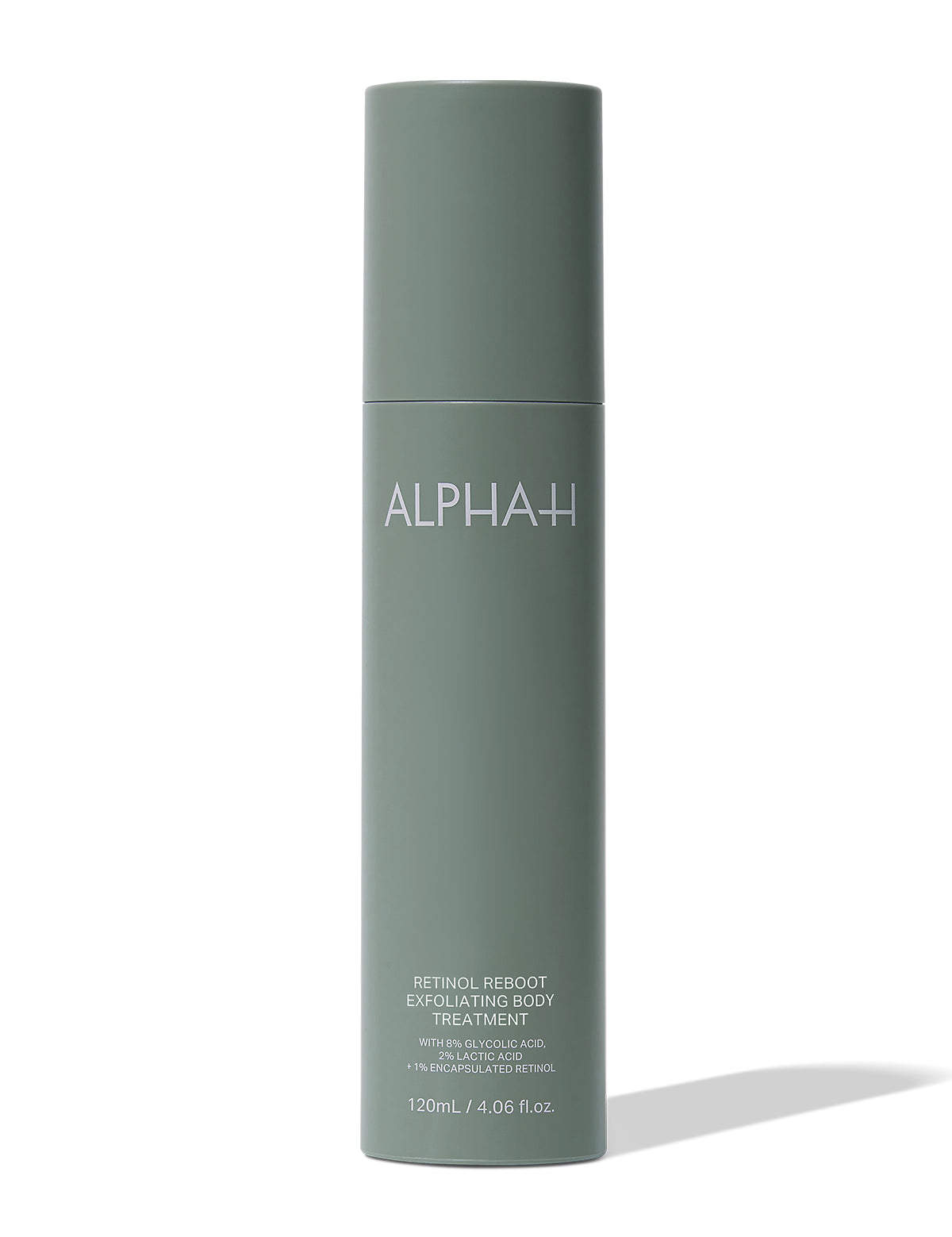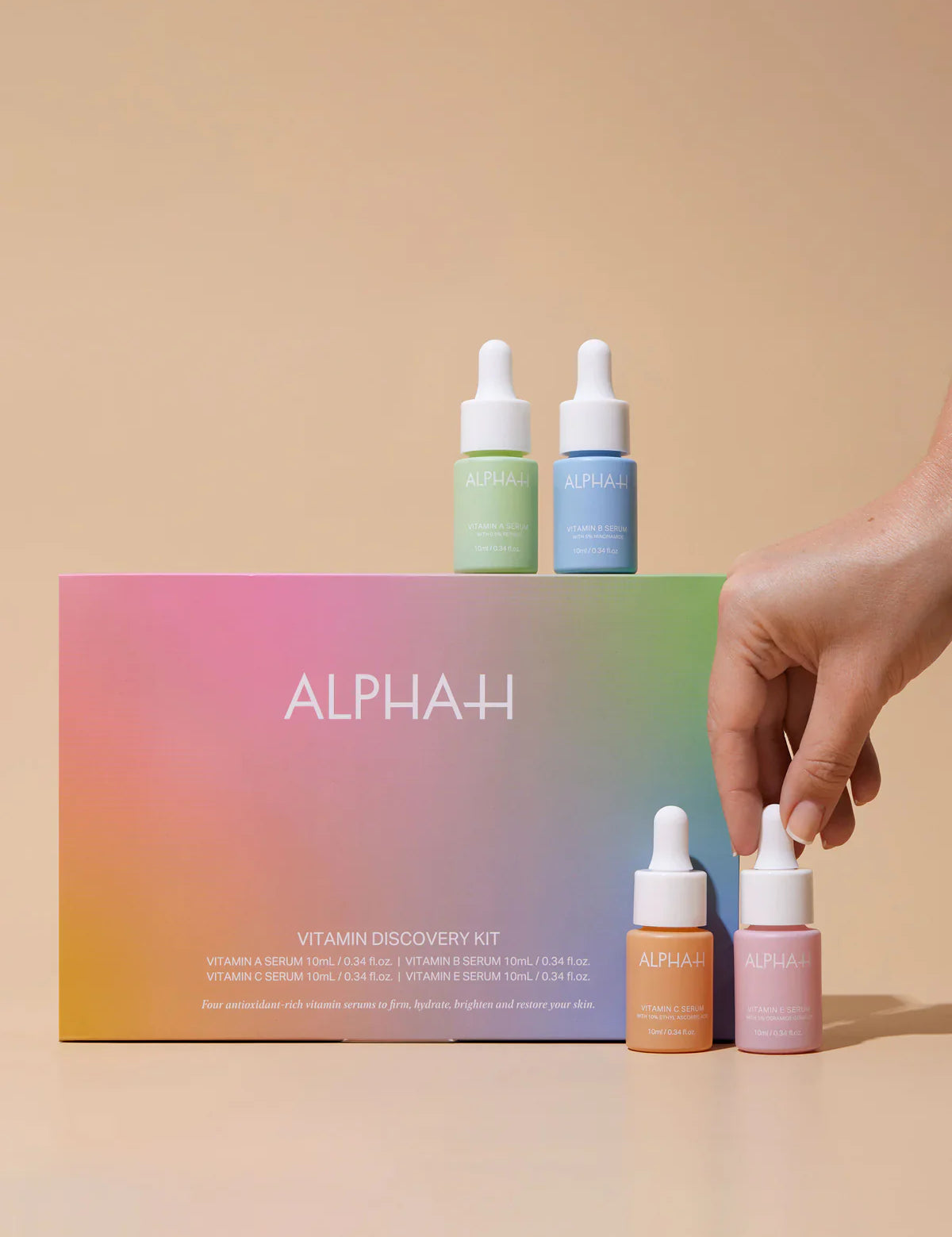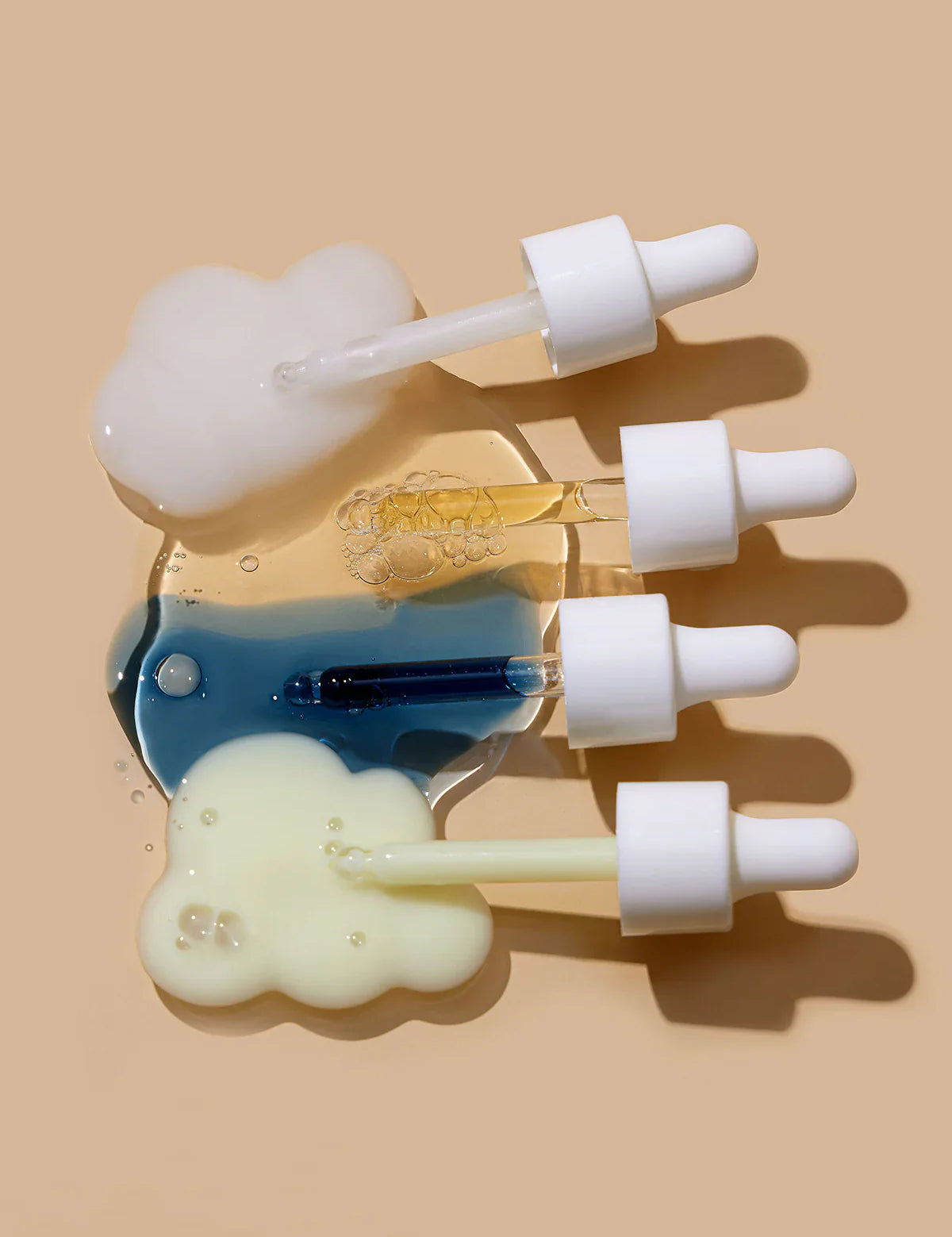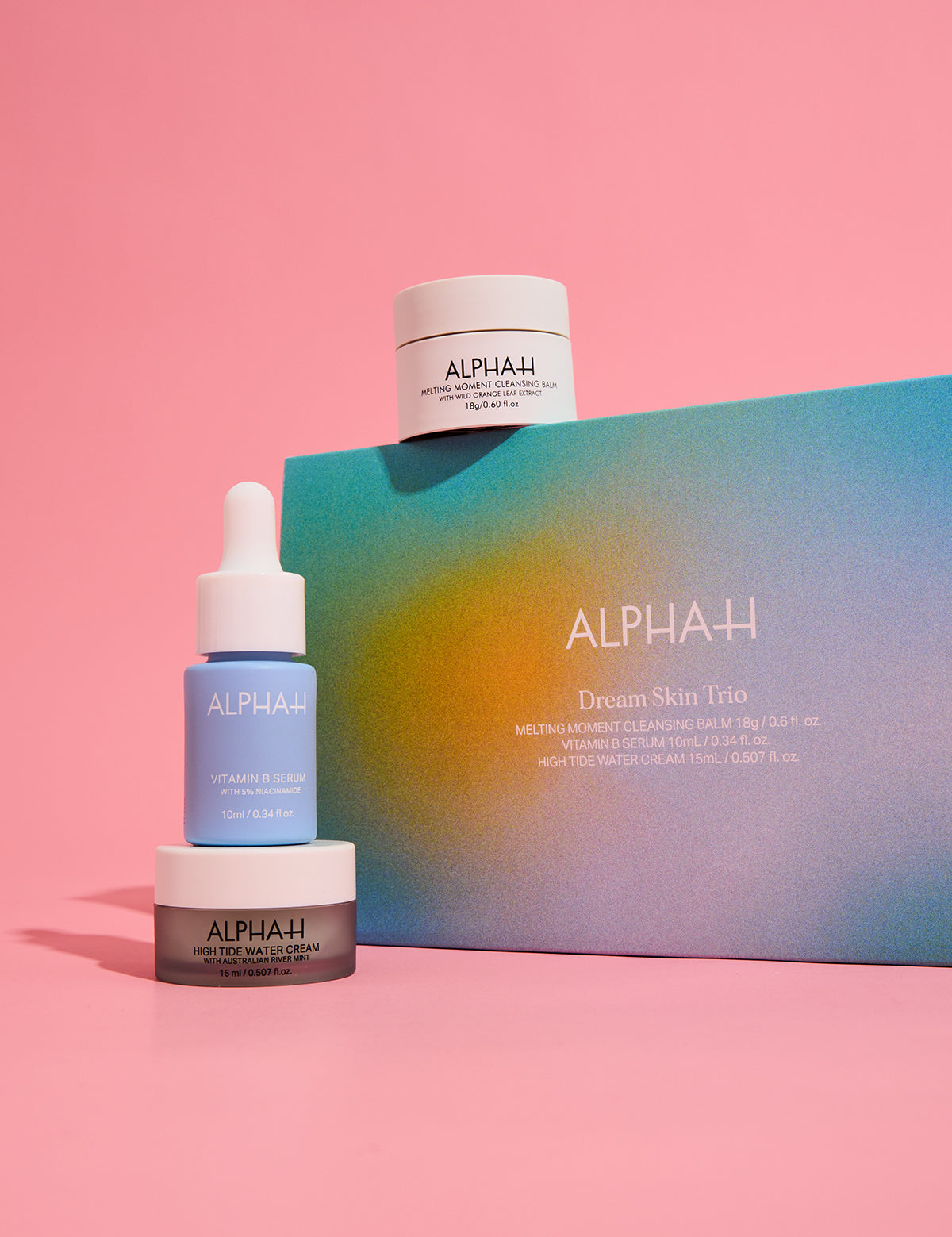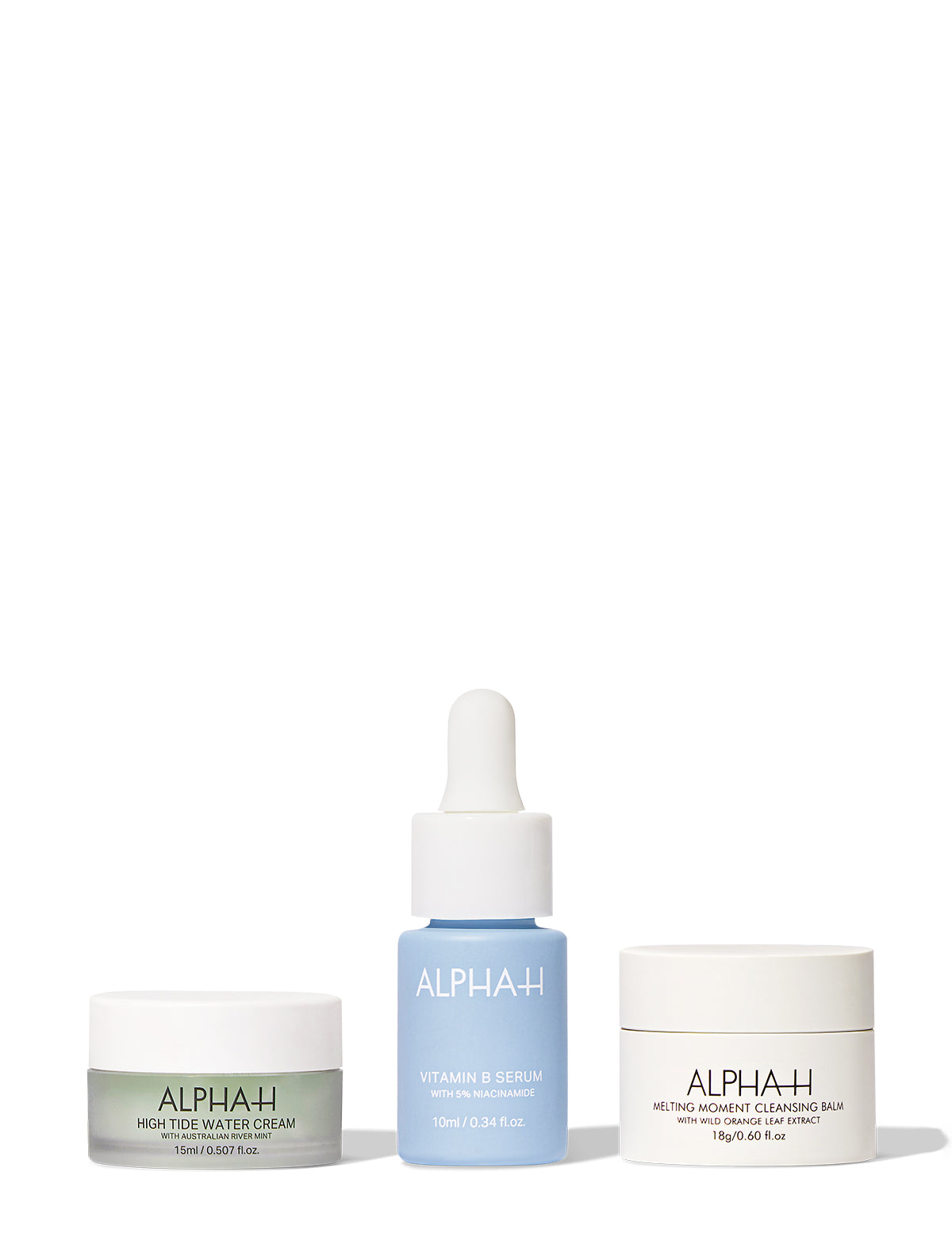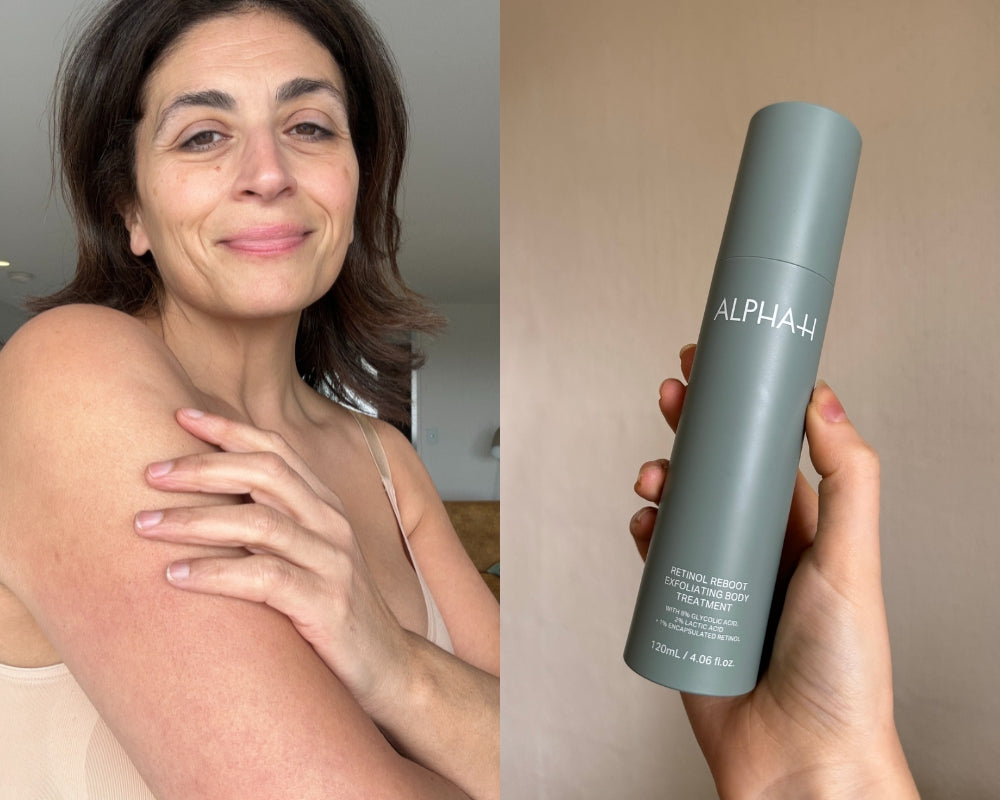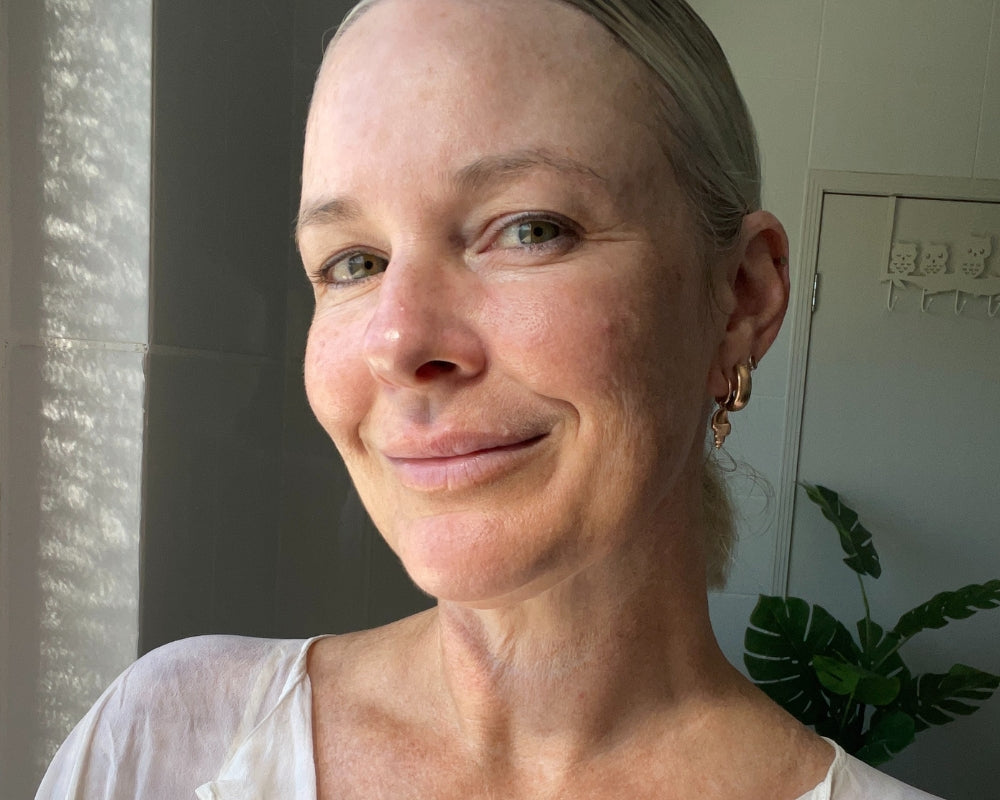Understanding Glycolic Acid & Granactive Retinoid
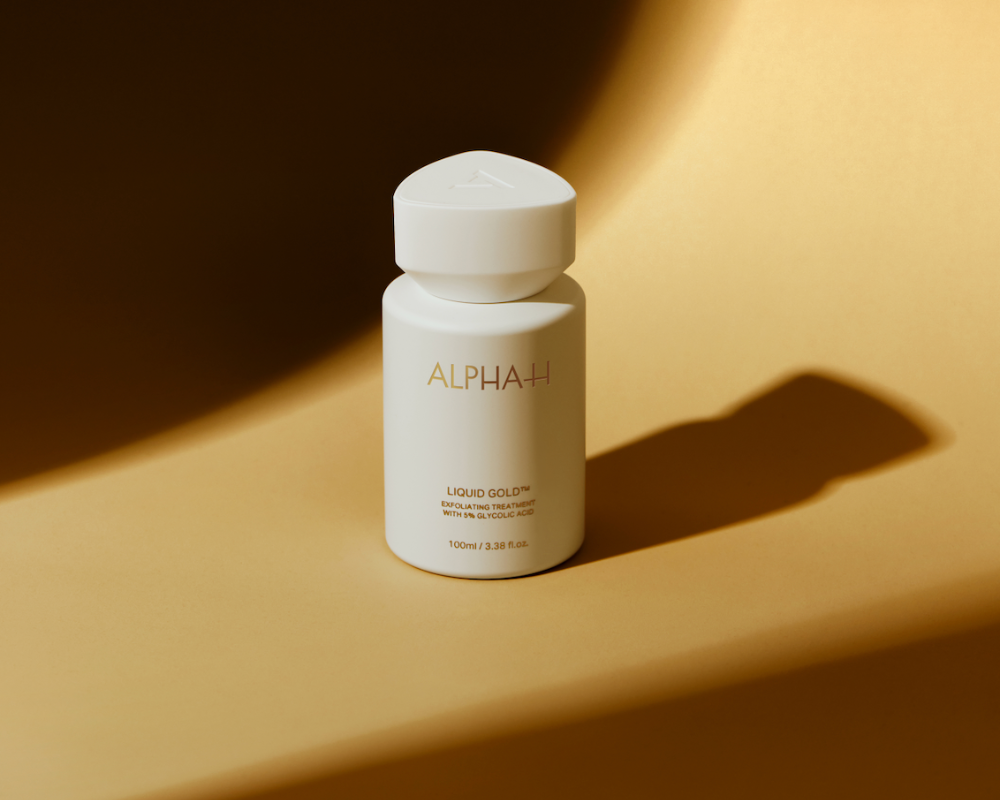
Words by guest writer, Michelle Wong, LabMuffin
You might already exfoliate, or use a Retinoid in your skincare routine… but did you know that these ingredients can sometimes work better together? Let’s talk about supercharging your skincare routine by combining two of the most powerful age-defying ingredients out there: Glycolic Acid and Granactive Retinoid.
What is Glycolic Acid?
The key to Liquid Gold’s incredible results is Glycolic Acid, a tiny molecule that packs a big punch. It’s a chemical exfoliant from the Alpha Hydroxy Acid (AHA) family. Like other AHAs, it acts to loosen dead skin cells from the upper layers of your skin, helping them shed more easily. A build-up of dead skin can make your skin look dull and feel rough, so regular use of chemical exfoliants can help you achieve smoother, brighter skin with a lit-from-within glow. This also helps reduce any congestion in the skin. If you’re prone to developing hyperpigmentation, Glycolic Acid can be useful for evening out skin tone and reducing the appearance of dark spots. Clinical studies have also suggested that it can also help stimulate Collagen and Hyaluronic Production inside the skin.
Because of its small molecular size, Glycolic Acid is good for getting deeper into your skin than other AHAs like Lactic Acid or Mandelic Acid, which means faster results.
What is Granactive Retinoid?
Retinoids are Vitamin A derivatives, and they’re the most evidence-backed ingredients in skincare. These skincare superstars can help speed up cell production and collagen formation, reduce the appearance of wrinkles and hyperpigmentation and firm up skin. Retinoids also act as antioxidants, soaking up the reactive free-radicals that result from UV rays and pollution exposure before they cause harmful oxidation stress to your skin.
While the prescription Retinoids like Tretinoin and Tazarotene are more powerful, they’re also significantly more irritating. They’ll often make your skin dry and cause it to visibly flake off as your skin adjusts to them (and sometimes this happens afterwards as well!). Even cosmetic-grade Retinoids like Retinol and Retinaldehyde can freak out your skin.
But in the last few years, Granactive Retinoid – which contains 10% Hydroxypinacolone Retinoate – has come onto the market as a gentler Retinoid that’s still incredibly effective. Unlike other gentle forms of retinol that have been used in skincare products in the past (Retinyl Palmitate, Retinyl Acetate), it’s a Retinoic Acid Ester. That makes it more bioavailable, so your skin has to do less work to convert it to its active form. It’s also much more stable to light and air exposure than other retinoids which means you can use it during the day, and Granactive Retinoid products will last longer after opening.
Combining Alpha Hydroxy Acids and Retinoids
Glycolic Acid and Retinoids on their own are already pretty incredible, but what happens if you put them together? Well, studies have found that AHAs and Retinoids can actually work better when they’re combined than either one alone! Scientists think this is because Glycolic Acid can remove dead skin cells and allow the Retinoid to penetrate into skin more effectively.
But one of the biggest issues with combining AHAs and Retinoids is irritation. AHAs work best in acidic conditions at low pH, which can be lower than what your skin prefers. There’s also the fact that they’re chemical exfoliants that efficiently remove dead cells. While this will improve the appearance of your skin, overusing chemical exfoliants can lead to a compromised skin barrier that’s susceptible to irritation. Retinoids can also be notoriously irritating, with dryness and peeling being common side effects.
For more information or to get a bespoke routine, please get in touch with one of our trained skin therapists via our help center or live chat.
- Tags: all Skin Science


